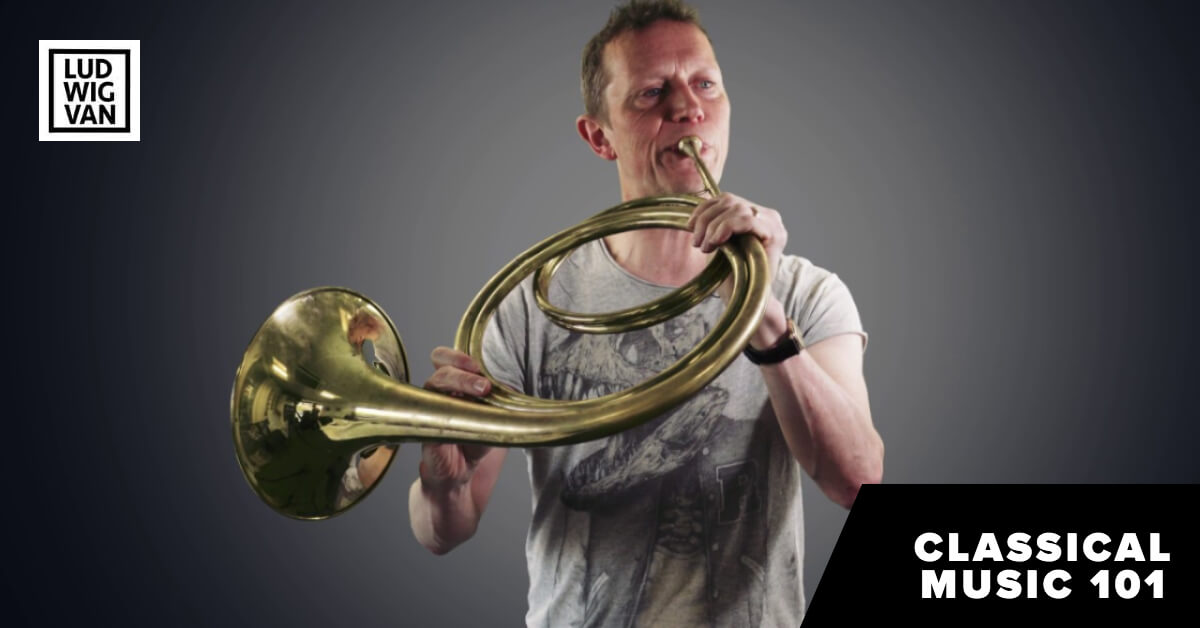
Tafelmusik Baroque Orchestra calls itself a period-instrument orchestra that follows period performance practice. This means that they go back down the evolutionary ladder in the history of musical instruments to play violins, bassoons, oboes and horns (just to name a few) from the time of the composer in question.
Nearly every instrument in an orchestra has changed over the past three centuries. Some differences are obvious: a harpsichord, in which the strings are plucked by a mechanical quill, evolved into a piano, where the strings are struck by a felt-padded hammer; the French horn sprouted valves; the bassoon grew larger.
A Baroque violin looks much the same as a modern one from the distance of balcony to stage. Look closely, and you’ll see, among other details, the period violin has gut strings instead of metal ones, the bridge is lower and, most importantly, the player is using a shorter bow.
In every case, the modern instrument makes a bigger, more impressive sound, and often allows the musician to play a wider range of colours and timbres.
But the relative delicacy of older instruments has a charm all of its own.
Just as the instruments are different, so are the techniques to play them properly, especially when the string players have to use shorter bows. Rather than aim for volume of sound, the player has to concentrate on getting the most shape and texture out of it.
Careful — and continuing — scholarship has made it possible for today’s musicians to connect with what we believe are the correct performance styles by European country, and by era.
The popularity of hundreds of period-instrument orchestras and ensembles that present concerts around the world have also helped musicians who play modern instruments lighten up on their interpretations.
Here are two sets of examples, on from the Classical era, one from the Baroque:
1. The third movements of Joseph Haydn’s string quartet G-major op. 76/1 first on modern (Jasper String Quartet), then on period instruments (Casal Quartet):
2. The opening of J.S. Bach’s Brandenburg Concerto No. 5, with Glenn Gould, versus a period-instrument performance by the Freiburg Baroque Orchestra:
LUDWIG VAN TORONTO
Want more updates on classical music and opera news and reviews? Follow us on Facebook, Instagram or Twitter for all the latest.
- Classical Music 101: What Does A Conductor Do? - June 17, 2019
- Classical Music 101 | What Does Period Instrument Mean? - May 6, 2019
- CLASSICAL MUSIC 101 | What Does It Mean To Be In Tune? - April 23, 2019



